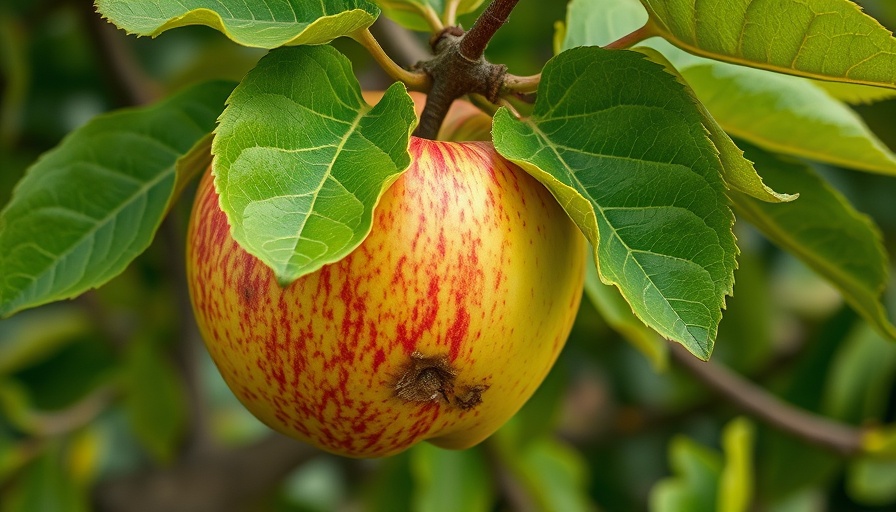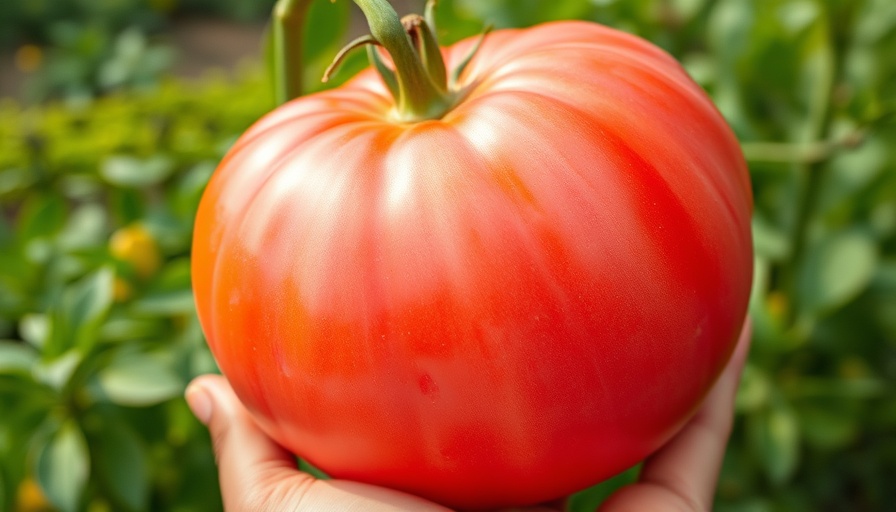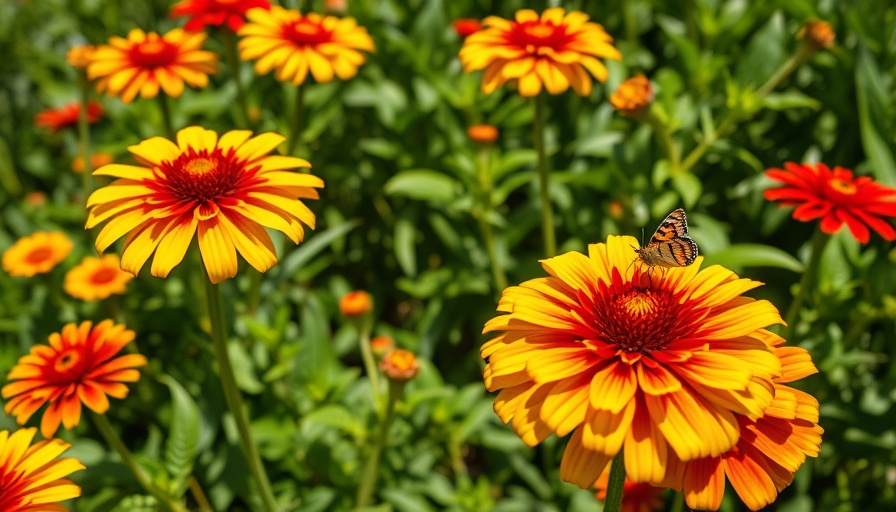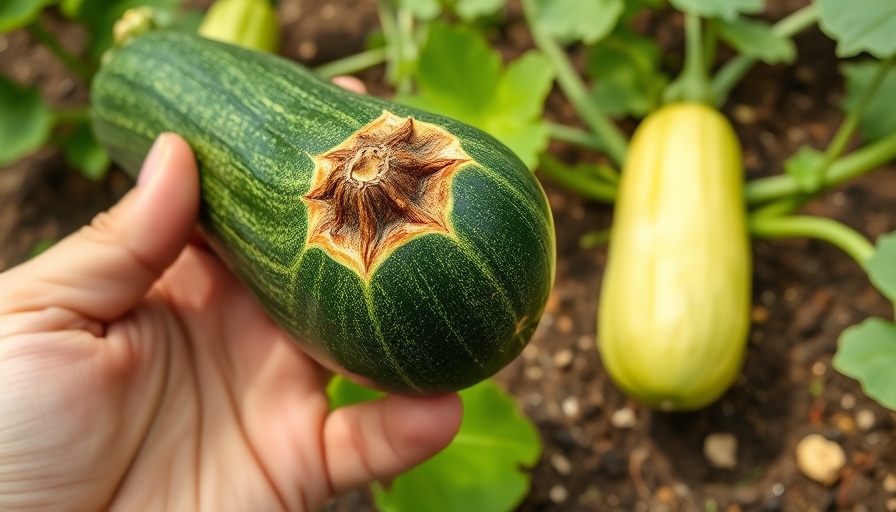
Understanding Late Summer Fruit Tree Diseases
As we transition into late summer, fruit trees become increasingly susceptible to diseases that can devastate not just the trees, but also your potential harvest. Moist conditions create an ideal environment for various fungi and bacteria, which can silently infiltrate your trees. This makes recognizing symptoms critical for gardeners looking to safeguard their investment in the orchard.
Identifying Symptoms Before It's Too Late
To effectively manage late summer fruit tree diseases, it’s crucial to understand what to look for. Start by closely inspecting your trees for any abnormalities. Off-colored foliage, distorted growth patterns, or mushy fruit are telltale signs that something might be amiss. Focus particularly on the leaves, as they are often the first to exhibit symptoms of distress.
For instance, peach leaf curl is characterized by leaves that roll up and become brittle. Such noticeable changes often precede more serious conditions affecting the stems and roots. Regular monitoring ensures that you catch any issues early, allowing for prompt intervention.
Common Diseases and Their Symptoms
Among the prevalent diseases affecting fruit trees during this period, cankers are particularly concerning. These not only manifest as visible lesions on the bark but can compromise the structural integrity of the tree itself. Moreover, water management plays a pivotal role—either an abundance or scarcity of water can exacerbate fungal diseases, making moisture balance vital.
Additionally, rot can affect your fruits directly, potentially transforming a bountiful harvest into a disappointing collection of inedible produce. Some of these diseases only emerge when the fruit is at peak ripeness, necessitating vigilance even during harvest time.
Preventative Measures and Treatments
Consider implementing a dual-pronged approach to manage these diseases: environmental modification and targeted treatments. Hygienic pruning, for example, can eliminate cankers and reduce their spread. Moreover, setting a regular watering routine can help mitigate moisture-related issues—employing automated watering hacks can save time and ensure consistency.
Moreover, to prevent pathogenic spores from overwintering, consider cleaning up fallen leaves and other debris from around your trees. This simple step can help eliminate potential disease hosts, setting the stage for healthier growth in the next season.
Act Now to Secure Your Harvest
Understanding the various factors that contribute to fruit tree health allows you to take proactive measures. From recognizing symptoms early to implementing effective management practices, your efforts can determine the success of your home garden.
Don't let late summer diseases wipe out your hard work. By prioritizing the health of your fruit trees now, you are setting yourself up for a fruitful harvest later. For a helping hand with your garden needs—from landscaping to effective maintenance—consider reaching out to local expert Everett Lucas at Norther-LawnCare.com. Call 231-450-3414 today!
 Add Row
Add Row 
 Add
Add 


Write A Comment